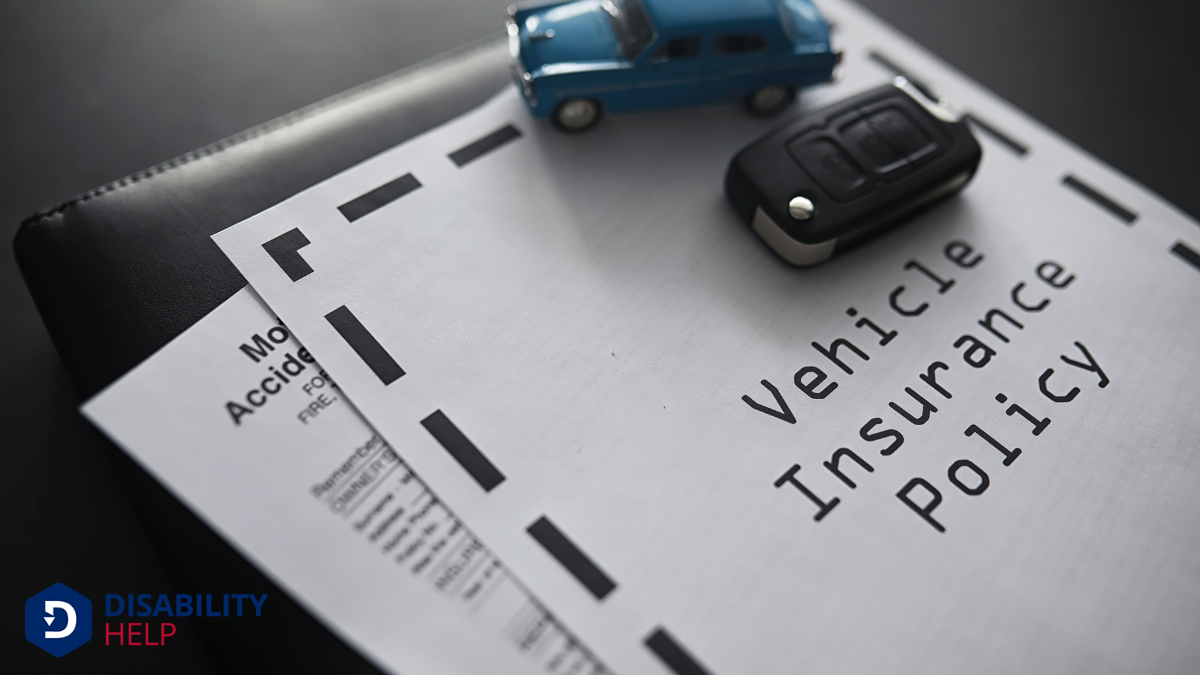When it comes to modifying a vehicle for disability needs, many of us wonder if our insurance will step in to help cover the costs. While some policies do offer support for essential adaptations like hand controls or wheelchair lifts, others might not include them, leaving us with questions about potential out-of-pocket expenses. To fully understand our coverage and avoid surprises, let's explore what insurers typically offer and how we can advocate for the support we need.
Key Takeaways
- Insurance typically covers essential modifications like hand controls and wheelchair lifts for disability-adapted vehicles.
- Coverage may require add-ons or separate policies for adaptive equipmentDevices that assist individuals with disabilities in performing ADLs, such as grab bars or shower ch... protection.
- It's crucial to check with providers for specific benefits and limitations of coverage.
- Out-of-pocket costs for modifications can be minimized with grants or state-run programs.
- Documentation and communication with insurers are vital for advocating support and coverage.
Understanding Disability-Adapted Vehicle Modifications
Disability-adapted vehicle modifications empower individuals with disabilities to drive or ride comfortably and safely. We recognize the significance of these changes in promoting independence and accessibilityThe design of products, devices, services, or environments to be usable by people with disabilities..... By adapting vehicles, we guarantee everyone can enjoy mobility without barriers.
Modifications can include hand controls, wheelchair lifts, or pedal extenders, all tailored to fit individual needs.
As we explore these options, we should consider how each modification addresses specific challenges. Comprehending the available technologies and how they integrate seamlessly into vehicles is vital. This knowledge helps us make informed decisions and advocate for necessary adjustments.
Exploring Insurance Policies for Vehicle Modifications

When considering insurance policies for vehicle modifications, it's vital we comprehend the coverage options available to protect these valuable adaptations. Vehicle modifications can be costly, and guaranteeing they're covered by our insurance policy is essential for peace of mind.
As we explore different policies, let's pay close attention to the specifics each insurer offers. Some policies might include add-ons for adaptive equipment, while others could require a separate policy.
Understanding the fine print helps us avoid unexpected expenses if repairs or replacements are needed. It's also wise we communicate directly with our insurance agents to clarify any doubts and confirm the coverage details.
This proactive approach guarantees we select a policy that aligns with our needs and safeguards our investment in vehicle accessibility.
What Insurance Typically Covers for Vehicle Adaptations
Although insurance policies vary widely, they typically cover a range of vehicle adaptations essential for accessibility.
Let's explore what we might expect. Most insurers recognize the need for modifications like hand controls, wheelchair lifts, and pedal extensions. These adaptations are vital for drivers and passengers with disabilities, ensuring safety and independence on the road.
Coverage often extends to ramps and swivel seats, making vehicle entry and exit easier. Some policies also include specialized steering devices, allowing for better control.
However, it's important for us to check with our insurance provider about specific benefits and limitations. Knowing what's covered helps us plan effectively and avoid surprises.
Let's investigate deeper into our policy details to understand precisely what's available for our unique needs.
Navigating Out-of-Pocket Costs and Financial Assistance
Understanding what insurance covers for vehicle adaptations is foundational, but we also need to address the financial responsibilities that fall directly on us.
It's essential to anticipate out-of-pocket costs that insurance mightn't cover. The expenses can add up quickly, from specialized equipment to installation fees.
Let's explore financial assistance options available to us.
Various organizations and programs offer grants or low-interest loans to ease the burden. State-run programs, non-profits, and even some manufacturers can provide financial relief.
We should also consider tax deductions that might offset some expenses. Researching these resources can be time-consuming, but it's worthwhile.
Advocating for Insurance Support and Coverage

To effectively advocate for insurance support and coverage, we need to be proactive and well-informed.
First, let's gather all necessary documentation, including medical records and detailed modification plans. These will help demonstrate the necessity and benefits of the adaptations.
We should contact our insurance provider to discuss our needs and ask specific questions about coverage options for vehicle modifications.
If we encounter resistance, let's not hesitate to request a meeting with a higher-level representative.
Sharing personal stories and outlining how these modifications enhance quality of life can be powerful.
Additionally, we can explore legal rights under disability laws to guarantee fair treatment.
Conclusion
In summary, it's crucial for us to thoroughly review our insurance policies regarding disability-adapted vehicle modifications. While many insurers acknowledge the necessity of these adaptations, coverage can vary. Let's not hesitate to contact our insurance agents for clarity and confirm we comprehend what's covered. By being proactive, we can avoid unexpected expenses and advocate for the support we deserve. Remember, understanding our options empowers us to maintain independence and safety on the road.






